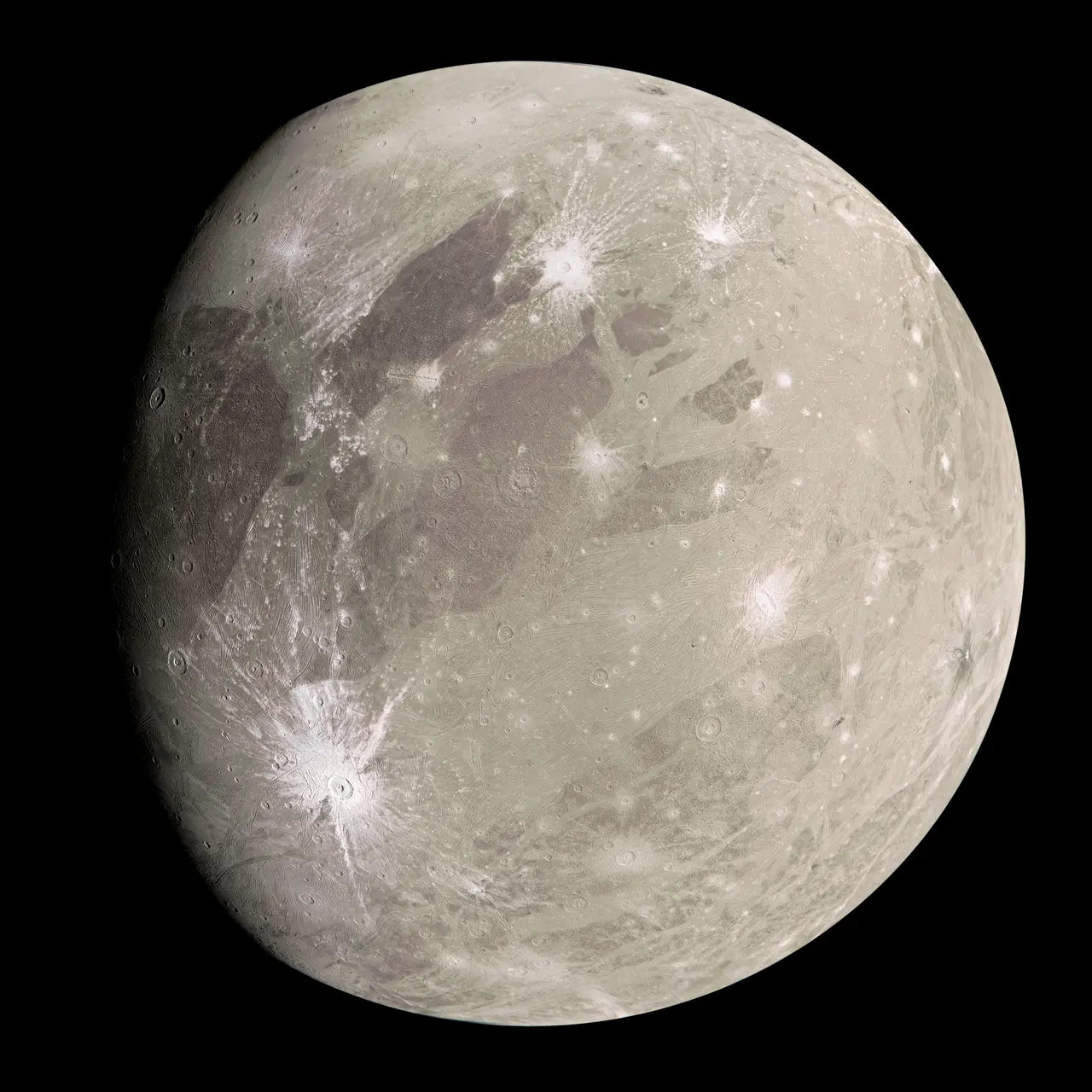A Comprehensive Guide
Introduction
Jupiter, the largest planet in our solar system, is not just a gas giant with stunning bands and a Great Red Spot; it is also a celestial body with a fascinating family of moons. With 79 known moons at the time of my last update in September 2021, Jupiter's moon system is a complex and diverse set of celestial objects that offer a wealth of information about the solar system's formation, the nature of planetary systems, and even the conditions that might support life. This article aims to provide a comprehensive overview of Jupiter's moons, focusing on their discovery, characteristics, and significance in the broader context of planetary science.
Discovery and Exploration
Early Discoveries
The first four moons of Jupiter—Io, Europa, Ganymede, and Callisto—were discovered by Galileo Galilei in 1610. These moons, collectively known as the Galilean moons, were the first objects discovered to be orbiting another planet, providing crucial evidence against the geocentric model of the universe, which posited that all celestial bodies revolve around Earth.
Modern Discoveries
Since Galileo's time, telescopes have become more advanced, and space missions like Voyager, Galileo, and Juno have provided more in-depth data. As a result, dozens of smaller moons have been discovered, many of which are irregularly shaped and have highly elliptical orbits.
Classification
Jupiter's moons can be broadly classified into three categories:
1. Inner Moons: These are small moons that orbit close to Jupiter. They include Metis, Adrastea, Amalthea, and Thebe.
2. Galilean Moons: These are the four largest moons—Io, Europa, Ganymede, and Callisto—and are among the largest objects in the solar system outside the sun and the eight planets.
3. Irregular Moons: These are small moons with irregular shapes and orbits. They are believed to be captured asteroids or comets.
Notable Moons
Io
Io is the most volcanically active body in the solar system. Its surface is covered with sulfur and sulfur dioxide, giving it a colorful appearance. The moon is subject to Jupiter's strong gravitational pull, which causes tidal heating and fuels its volcanic activity.
Europa
Europa is of particular interest because it is believed to have a subsurface ocean beneath its icy crust. This has led to speculation about the possibility of life existing in these dark, salty waters.
Ganymede
Ganymede is the largest moon in the solar system and is even larger than the planet Mercury. It is the only moon known to have its magnetic field.
Callisto
Callisto is the most heavily cratered object in the solar system. Unlike the other Galilean moons, it shows little signs of geological activity.
Scientific Importance
Planetary Formation
The diverse characteristics of Jupiter's moons provide clues about the processes that led to the formation of the solar system. For instance, the irregular moons may be remnants of early solar system objects.
Search for Extraterrestrial Life
Europa's subsurface ocean makes it a prime candidate in the search for extraterrestrial life. Future missions aim to study its composition and look for signs of life.
Understanding Jupiter Itself
The moons also serve as natural laboratories for understanding Jupiter itself. For example, Io's volcanic activity is directly related to Jupiter's gravitational forces.
Future Exploration
Several missions are planned for the future to explore Jupiter's moons further. The European Space Agency's JUICE (JUpiter ICy moons Explorer) and NASA's Europa Clipper are among the missions that aim to study these fascinating celestial bodies in greater detail.
Conclusion
Jupiter's moons are more than just orbiting chunks of rock and ice; they are dynamic worlds with their unique characteristics and mysteries. As we continue to explore these moons, we not only learn about the Jupiter system but also gain insights into the broader universe, from planetary formation to the tantalizing possibility of life beyond Earth.

